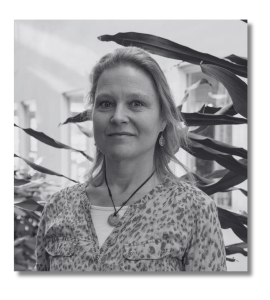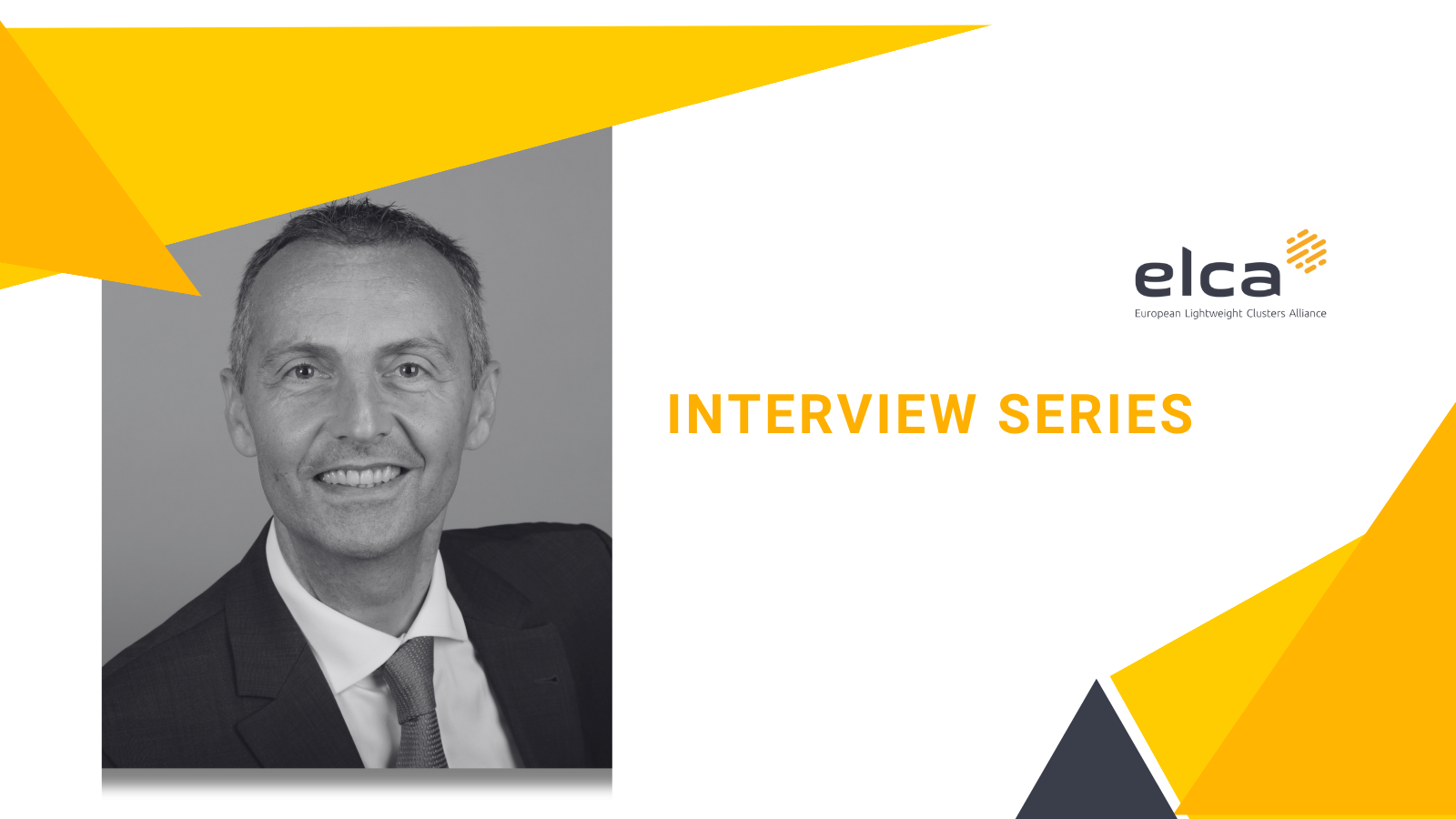Driving Lightweight Technology: An interview with Cecilia Ramberg from LIGHTer/RISE
For our latest issue of the ELCA newsletter, we spoke with Cecilia Ramberg from the LIGHTer/RISE to discuss lightweighting, the major changes in the industry, how to retain engagement with regional and national authorities current challenges and opportunities to remain relevant in the ever changing industry.
 LIGHTer has been driving the lightweight policy agenda in Sweden since 2013. What would you say are the major changes that this domain has experienced during the last 10 years?
LIGHTer has been driving the lightweight policy agenda in Sweden since 2013. What would you say are the major changes that this domain has experienced during the last 10 years?
I’ve observed three significant changes over the past 10 years:
Firstly, there has been a notable increase in international interest in LIGHTer. When we began in 2013, we were the first lightweight platform in Europe. To respond to this growing interest, we have updated our international strategy. It is essential for Sweden to actively support the establishment and development of ELCA and ELN and to collaborate on shaping a European lightweight strategy. We aim to define the role of lightweight technologies in achieving the goals of the European Green Deal.
Secondly, we have improved and expanded our sustainability tools, adopting a life cycle perspective on lightweight solutions. The LIGHTer Sustainability Support programme assists all LIGHTer projects in enhancing their sustainability performance across various aspects related to the 17 UN sustainability goals. The primary advantage of lightweight solutions lies in the reduction of fossil fuel consumption.
When these solutions also demonstrate resource efficiency throughout their life cycle, they become highly relevant in an industrial context.
Thirdly, we have witnessed an increase in multidisciplinary research that addresses industrial needs. Many companies are now engaged in long-term research to discover innovative and radical solutions. This accelerates the transition towards sustainability and enhances effectiveness when multiple industrial sectors simultaneously implement these solutions. The Swedish Lightweight Agenda has played a constructive role in driving this development forward.
The primary advantage of lightweight solutions lies in the reduction of fossil fuel consumption. When these solutions also demonstrate resource efficiency throughout their life cycle, they become highly relevant in an industrial context.
How did you manage to ensure the engagement of your regional/national authorities in your strategic agenda?
The foundation for ensuring the engagement of our national authorities has been our strategic research and innovation agenda, titled “Lightweight Innovation for Sustainable Development.”
LIGHTer is an industry-driven initiative that began discussions on lightweight technologies in 2008. We developed a strategic agenda to involve various industrial sectors, universities, industrial research institutes, regions, and organisations.
In 2013, three Swedish financing authorities collaborated and issued a call for strategic research and innovation agendas. LIGHTer submitted the agenda as a project proposal, and it was accepted as one of five 12-year programs to receive funding. Out of 114 strategic research agendas, a total of 17 programs were funded between 2013 and 2018, and we were among the first five programs. Since then, we have updated our strategic research agenda every third year, and our open calls for proposals are prepared and written in consultation with the financing authorities.
Our strategic research and innovation agenda remains our primary tool for developing regional, national, and international cooperation and expanding our network to include more partners.
What are the greatest obstacles you found during the implementation of your strategic agenda?
Finding international cooperation was a challenge for us, particularly during the initial five years. We operate across various industrial sectors and employ a multidisciplinary approach. Most international lightweight platforms were either confined to a single industrial sector, encompassing all materials, or focused on a specific type of material, encompassing all industrial sectors. However, we successfully overcame this obstacle in the last three years, thanks to the excellent efforts within ELCA, ELA, and ELN.
Additionally, we encountered difficulties when attempting to implement lightweight solutions in the public sector, as in infrastructure projects. This challenge stemmed from stringent regulations governing procurement. To effect changes in procurement rules, we needed to engage in international efforts related to standards and certification. Fortunately, these doors have now opened. LIGHTer has funded several projects that led to the installation of Sweden’s first carbon fiber composite bridge in Malmö in 2017. LIGHTer’s network has actively participated in the development of European standards for building structures.
Looking ahead, what are LIGHTer’s top three priorities for the near future?
LIGHTer is driven forward by our strategic agenda. In it, we point out three recommendations:
Optimise resource and energy efficiency:
Lightweight solutions are important enablers for increased energy and resource efficiency. The need for improved resource management is being accelerated by the diminishing globalisation brought on by the recent pandemics and conflicts.
Create sustainable value circles:
Creating value circles, where each part of the life cycle and supply chain is analysed and put into a context early in the design phase, minimising the risk of future pitfalls. Getting there requires new collaborative partnerships and new business models. Although a fully circular approach can entail goal conflicts, the overall sustainability perspective must remain front of mind.
Bolster lightweight integration in more areas:
Demands for reduced carbon dioxide emissions in the automotive, aviation and shipping industries have been around for quite some time. Construction, agriculture, forestry, and energy are examples of industries where lightweighting shows great promise from a sustainability perspective.
Many thanks to Cecilia Ramberg Director of LIGHTer/RISE for her contributions and insights, take a look at their official page here.
View issue 4 of our newsletter that features this interview plus more!
To reach out to a member of the network, contact communication@elcanetwork.eu






